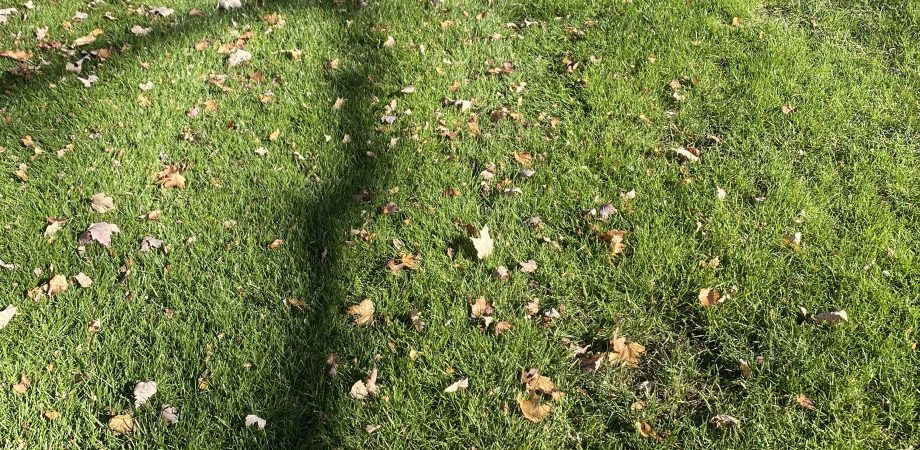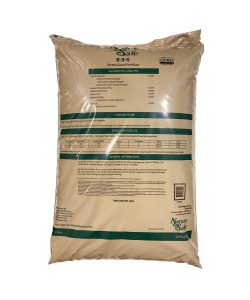Benefits of Dormant Fertilization with Organics

Whether you’re responsible for lawn care or sports turf, an essential last procedure before winter is applying an organic fertilizer once the grass has stopped growing. This application is typically completed between Halloween and Thanksgiving. It’s a short window of opportunity between growth shutdown and the ground freezing.
You can know it’s time to make the application when you’ve completed your last mowing of the season based on new growth. Check for frozen soil by inserting a screwdriver into the soil—if you can penetrate four to six inches, you’re good to go. You don’t want to fertilize on frozen soil because the fertilizer could run off and contaminate a water source.
You may ask, why is this process needed and what are the benefits?
True dormant feeding to cool-season grass assists turf health in many ways. It helps lawns recover quicker from winter damage and disease. It helps with early spring green-up, which can be crucial if you treat athletic fields that have spring sports. And let’s face it, springtime weather doesn’t always cooperate with our plans to complete applications—sometimes made impossible by saturated soils.

Why use an organic product? Organic fertilizers, like Nature Safe 8-3-5, are naturally slow-releasing and less soluble, leaving the nutrient in the root zone longer for the plant to benefit over the winter. They add to the overall health of the soil by releasing micro- and macronutrients. This, in turn, helps increase the cation exchange capacity (CEC) and the water-holding capacity of the soil.
So next spring, when your lawn recovers from the winter and greens up earlier than your neighbor’s, you’ll know you’re on your way to a healthy growing season.
Jeff Brooks
Sales Representative







